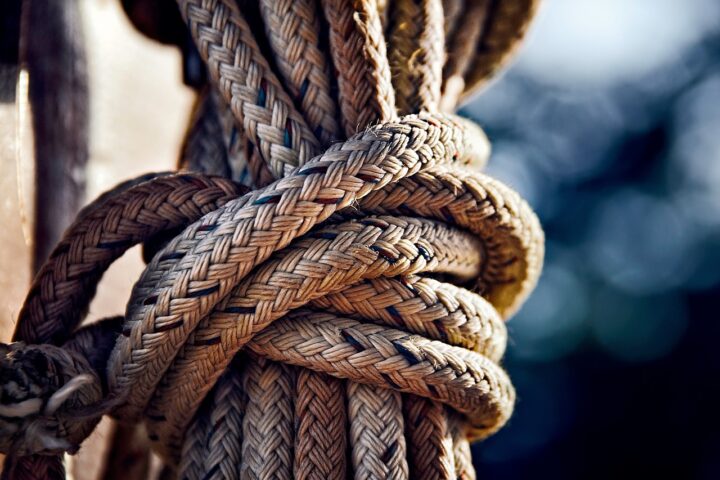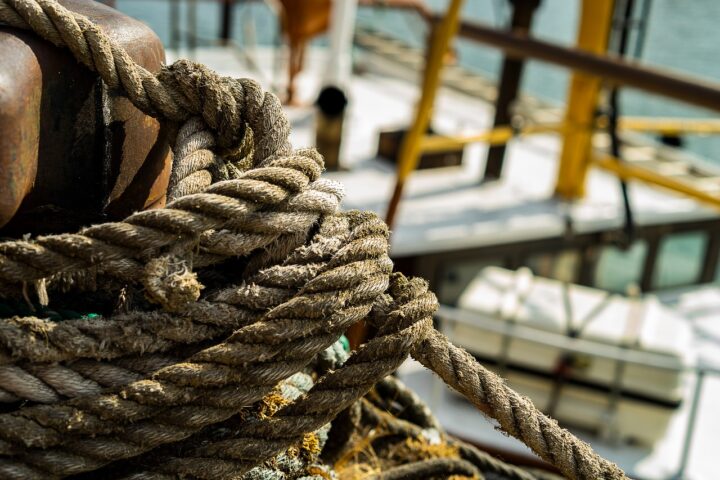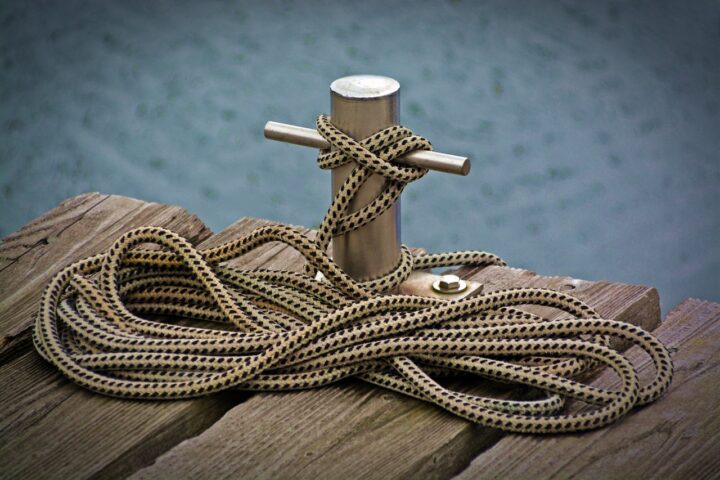Rope care: How to keep the rope beautiful.
You must always be able to rely on the cordage on board. Therefore, it is advisable to pay a little attention to the lines in winter storage.
 Take care of your rope
Take care of your rope Linen suffer. Salt, dirt, UV radiation, sand and mechanical stresses take their toll on mooring lines, halyards and sheets over time. Often, during the journey from winter storage to the seasonal berth, one notices that the ropes have become stiff, choppy and brittle. Permanent loads, such as those caused by deflections, stretchers or clamps, often permanently stress the cordage at the same points over and over again. Whether high-quality Dyneema halyards or inexpensive mooring lines made of polypropylene – proper care not only restores the old suppleness, but also extends the service life. After all, the stiffer and bulkier lines become over time, the more likely they are to break or shame. Therefore, in the winter you should get all the rope off the boat and maintain it with simple and inexpensive means.
It is important to control
When the boat is put into winter storage, it is also time to take care of the sometimes sinfully expensive ropes. All lines should be retrieved from the ship and checked lengthwise. Especially where the ropes are guided over pulleys or are permanently knotted to fittings, problems often occur due to shamfilled or broken card elements. Tapestry strips are a good way to mark such places. For light chafing, it often helps to reeve the line “the other way” for the coming season. Permanent loads caused by deflections or clamps can thus be better distributed. If the line has enough length, it often also helps to shorten it a little to protect the loaded area on, for example, a block or curry clip in the future.
In the case of damage that is already advanced, it is necessary to react as quickly as possible. Again, you can use colored tape to mark the spots first and inspect them afterwards at your leisure. In case of doubt, the line must be repaired by a specialist or even replaced altogether. It is not advisable to think: “it will certainly last another year”. Because at the latest during the next storm in the harbor or at anchor, it can then become much more expensive than replacing a mooring line.
 Sometimes only replacement helps
Sometimes only replacement helps Care with simple means
 Proper care increases the service life
Proper care increases the service life Once all the lines have been checked, they can be cared for again with very simple means and made nice and soft. To do this, take either a bathtub or a larger water container and fill it with lukewarm water. Then add a small shot of commercial mild detergent. The lines are then well rolled in this suds. This process should be repeated until little or no dirt comes out of the cordage. After that, leave the lines in the water for a few hours and then rinse them carefully with clean water. Then hang them up to dry. Only when they are completely dry, you can store them for the winter.
Washing in a tub or similar is in any case preferable to a washing machine, because there the mechanical stress due to friction can be greater.
